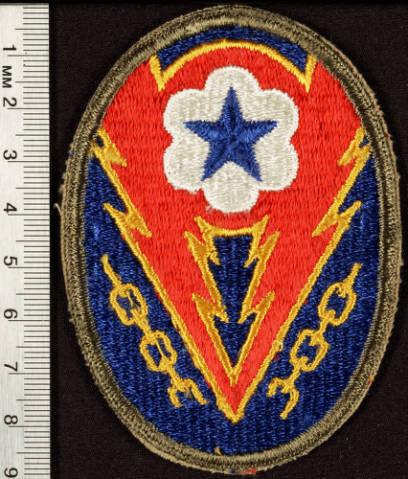 |
| Schwartz Siblings in Ungvar, Hungary |
My maternal Grandpa Theodore (Tivador)
Schwartz (1887-1965) left many siblings at home in Hungary when he departed for America in March, 1902. His older brother Samuel Schwartz (1883-1954) arrived in America in 1904. Together, they saved money and sent for a younger sister, Mary Schwartz
Wirtschafter (1891-1959), who arrived in New York late in 1906.
Despite being thousands of miles apart, the siblings who came to America and the siblings who remained in their home town of Ungvar, Hungary (now Uzhhorod, Ukraine) kept in touch via photos and photo postcards. I inherited images of babies, couples, and siblings in various combinations, sent from Hungary to show that the three American siblings were still in the hearts of those who remained at home.
Portrait from Ungvar, 1915
Above, a photo postcard showing three sisters and possibly a younger brother who remained in Ungvar, the hometown of the Schwartz family. On the reverse is written the date, 1915, and the place name. This was sent to my Grandpa
105 years ago. (To keep it in good condition, I keep it in an acid-free photo sleeve inside an archival box.)
Not long ago, "Sherlock" Ava Cohn posted a photo showing men in the uniforms of the Austro-Hungarian army, circa 1915-16. The uniforms are just like the one worn by the young man in the photo above, confirming that the date on the photo is correct.
Was this young man, possibly my great uncle, sent into combat for the
Austro-Hungarian Empire during World War I? Did he survive, if he battled on the front lines? Wish we knew.
The American Siblings in WWI
During World War I, American men had to register with their local draft boards. Since my Grandpa was 30 years old when he registered with the NYC draft board in 1917, married with a young son, he was never called to serve.
 |
| Theodore Schwartz's WWI draft card |
Great-uncle Sam Schwartz was 35 and married with two young children when he registered with the NYC draft board in 1918. He was never called for military duty.
Mary Schwartz Wirtschafter's husband Edward was 28 and had an infant son when he registered with the NYC draft board in 1917. So he never served, either.
Despite the war, correspondence between siblings in Hungary and siblings in America continued, judging by the dated photos I inherited.
The Aftermath of World War II
My mother believed that her father, my Grandpa, never heard from his family in Hungary again after WWII. It turns out this was NOT the whole story.
One of Grandpa's teenaged nieces
survived Auschwitz. Happily, I was able to connect with this part of the family because of
Yad Vashem, where she had submitted written testimony and a photo of her mother--a photo I recognized as one of my Grandpa's sisters.
Her emotional video testimony housed at the
USC Shoah Foundation includes many harrowing, horrific stories of the Holocaust. She tells of how her mother and the other Schwartz family members were rounded up and murdered. She managed to live through it all.
After the war, she returned to her hometown of Ungvar, married, and brought up two children in what was then the USSR. The family applied for permission to move to Israel several times. Their requests were denied and delayed for years, but ultimately they gained official approval and went to Israel, where they made a new life.
After WWII, this niece again corresponded with her uncle Theodore (my Grandpa) and her aunt Mary, relatives in America she knew only through letters and photos. A few years after I located this cousin in Israel, thanks to her testimony, my Sis visited and met that entire family. We're still in touch today.
Hearts remain close even when family is so far away.
January 27 is
International Holocaust Remembrance Day. This year, it is also the 75th anniversary of the liberation of Auschwitz.
Never forget.
--
"So far away" is the week 5 prompt for Amy Johnson Crow's
#52Ancestors.
































